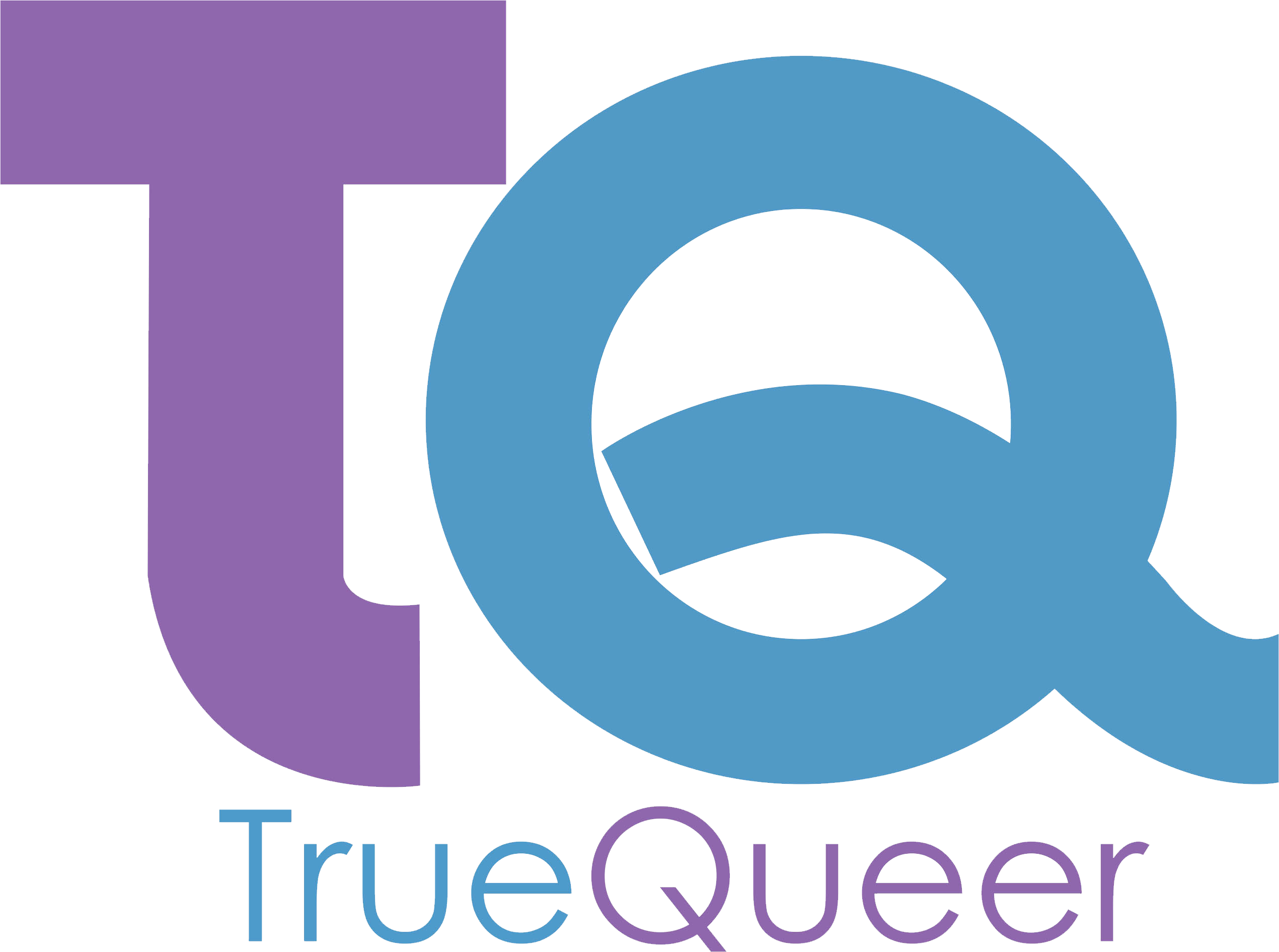Introduction: Homoeroticism’s Significance and Complexity

Homoerotic art and artifacts have long held a significant place in LGBTQ culture, challenging societal norms and providing a platform for self-expression. However, a critical examination of this subject reveals the multifaceted nature of homoeroticism and its implications for representation and understanding. By delving into historical and contemporary examples, we can gain valuable insights into its impact and value within the LGBTQ community.
Homoeroticism in Greek Antiquity: Examining Historical Artifacts
![[ Insights Into Queerness ] Unveiling Hidden Homoeroticism: Exploring its Impact through 8 Historical and Contemporary Examples [ Insights Into Queerness ] Unveiling Hidden Homoeroticism: Exploring its Impact through 8 Historical and Contemporary Examples](https://truequeer.com/wp-content/uploads/2023/07/adrianna-geo-1rBg5YSi00c-unsplash-scaled.jpg)
Greek antiquity offers a rich tapestry of homoerotic art, providing historical context for understanding same-sex relationships. For example, the statue of Harmodius and Aristogeiton, known as the “Tyrannicides,” represents a subversive political statement intertwined with a romantic narrative. Similarly, the explicit scenes depicted on pottery, such as the Berlin Painter’s vase, shed light on the diversity of homoerotic experiences in ancient Greece.
Contemporary Mass Media: Portrayals and Limitations
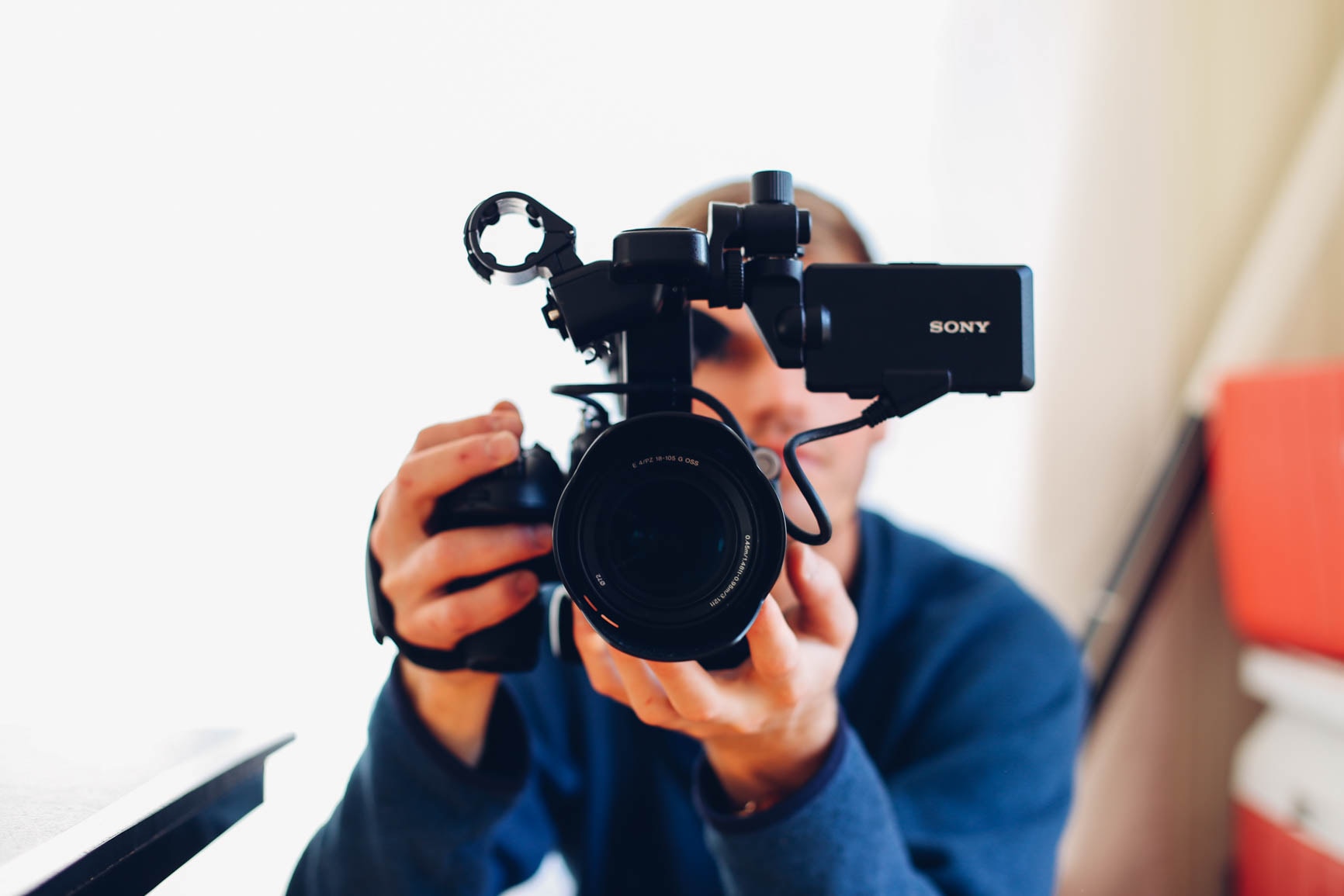
In contemporary mass media, LGBTQ representation has made significant strides. Television shows like “Queer as Folk” and “Pose” have contributed to greater visibility and understanding. However, critical analysis reveals that even with increased representation, limitations persist. For instance, queer characters are often limited to specific stereotypes or relegated to supporting roles, reinforcing societal biases and inhibiting true diversity within mainstream narratives.
Home Videos: Personal Narratives and Empowerment
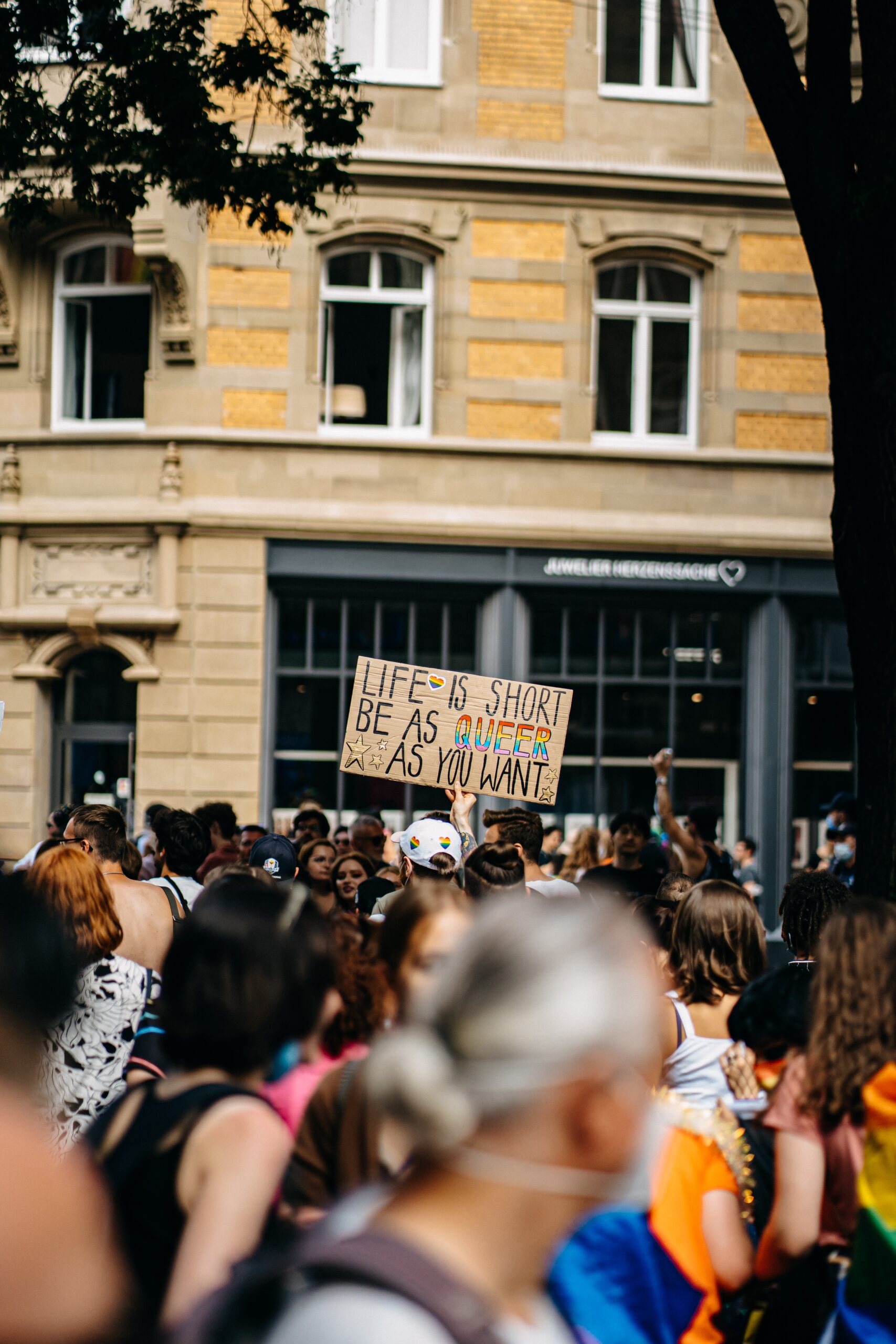
Sign up for more LGBTQ+ news and updates at TrueQueer.
The rise of home videos has provided LGBTQ individuals with a powerful platform for personal storytelling. One notable example is the “It Gets Better” campaign, where people shared their experiences to inspire hope in queer youth. These videos offer an intimate glimpse into the lives of individuals from various backgrounds, providing a counter-narrative to mainstream media’s often skewed portrayal of LGBTQ lives.
Cable Broadcast: Controlled Narratives and Underrepresentation
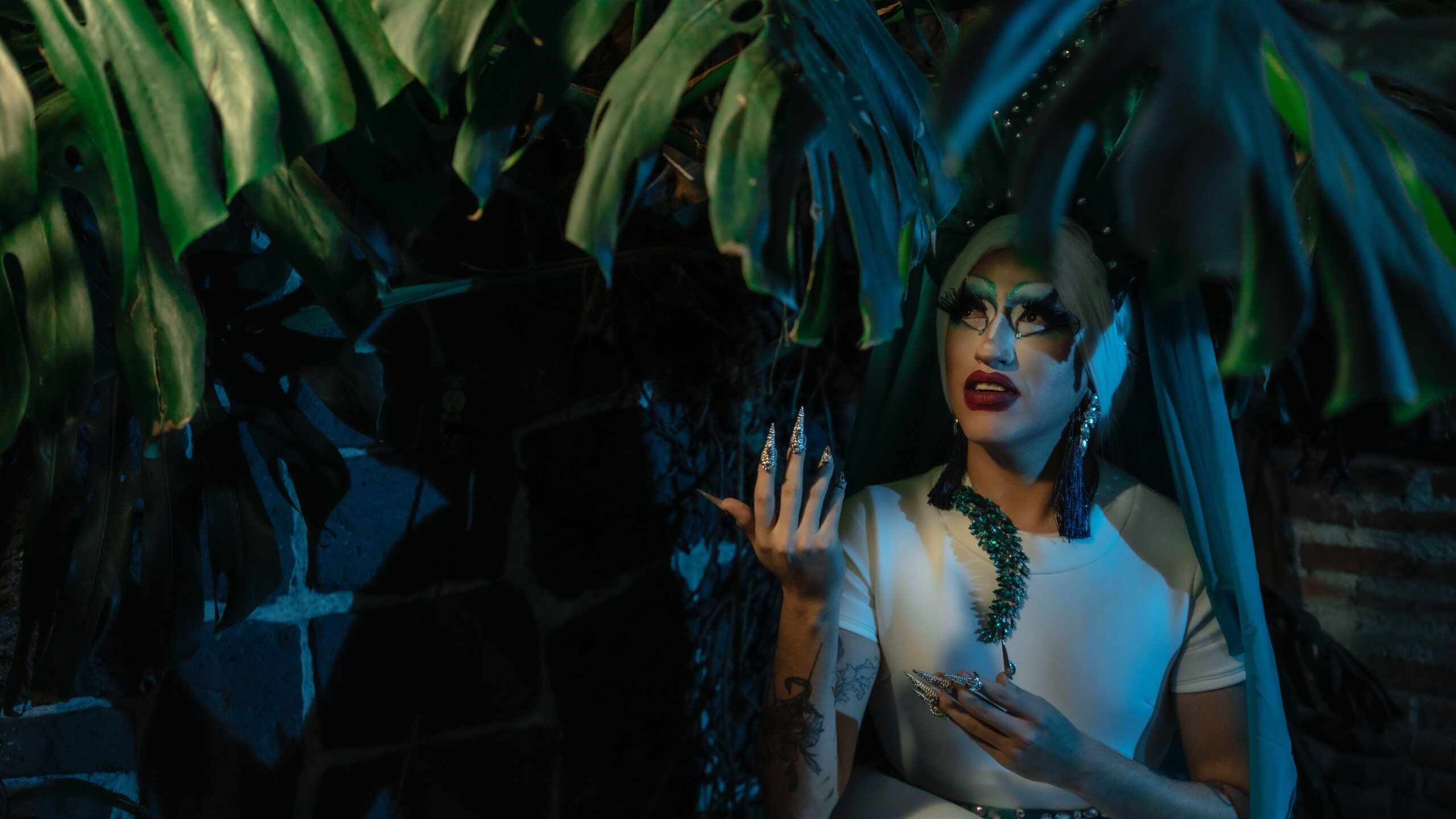
While cable television has contributed to LGBTQ representation, it is important to critically assess the limitations inherent in this medium. For instance, despite the success of shows like “Will & Grace” and “RuPaul’s Drag Race,” the majority of LGBTQ stories remain untold or relegated to niche programming. This underrepresentation perpetuates the marginalization of queer experiences and limits the diversity of narratives available to audiences.
The Rise of LGBTQ Videos on Demand: Amplifying Independent Voices
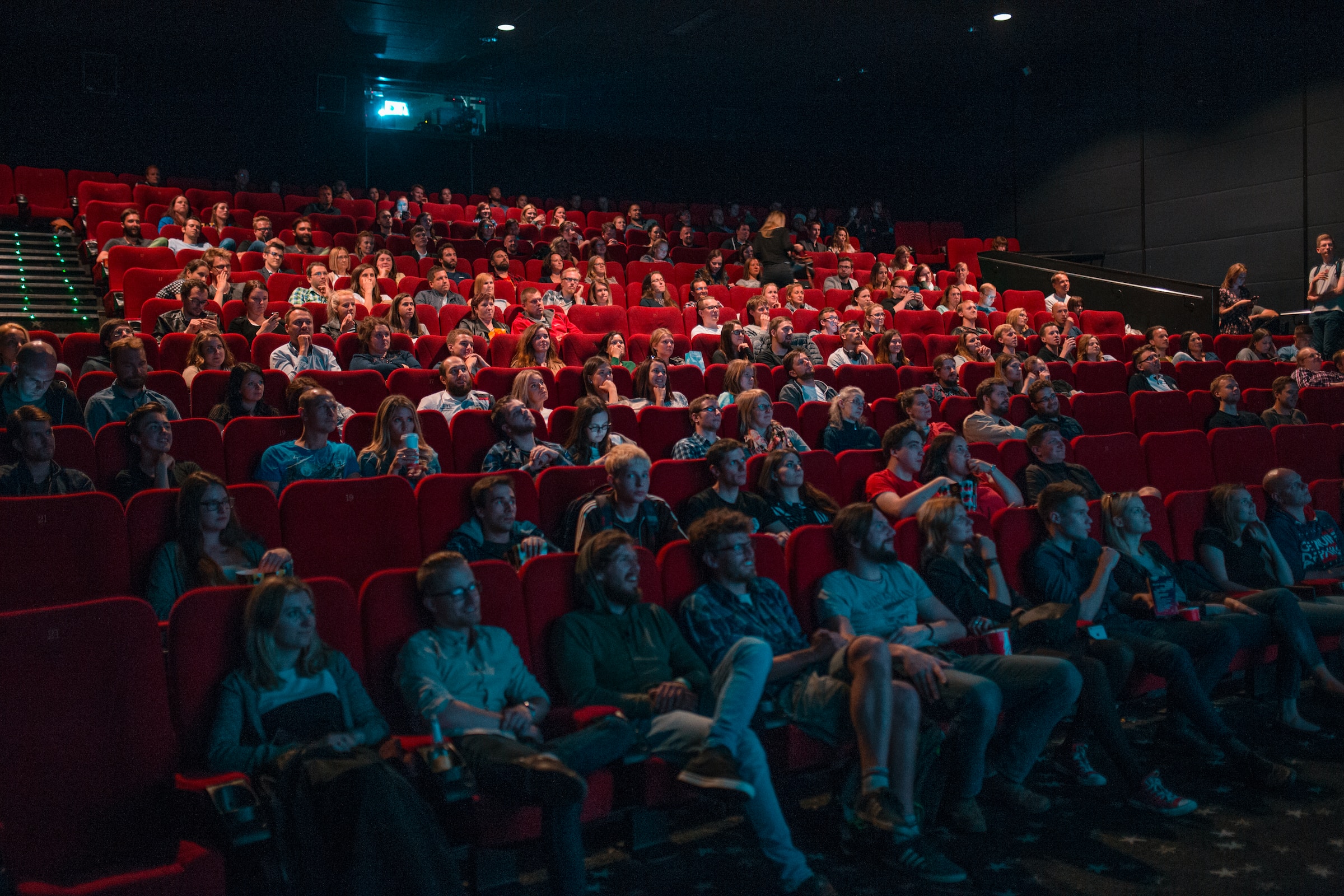
Video on demand platforms, such as Netflix and Amazon Prime, have provided opportunities for independent LGBTQ filmmakers to share their stories. Examples like “Moonlight” and “Paris is Burning” highlight the power of these platforms in amplifying marginalized voices. By circumventing traditional gatekeepers, these filmmakers can create authentic and diverse representations of queer experiences, challenging mainstream narratives and opening up new dialogues.
Wireless Markets: Accessibility and Ethical Considerations
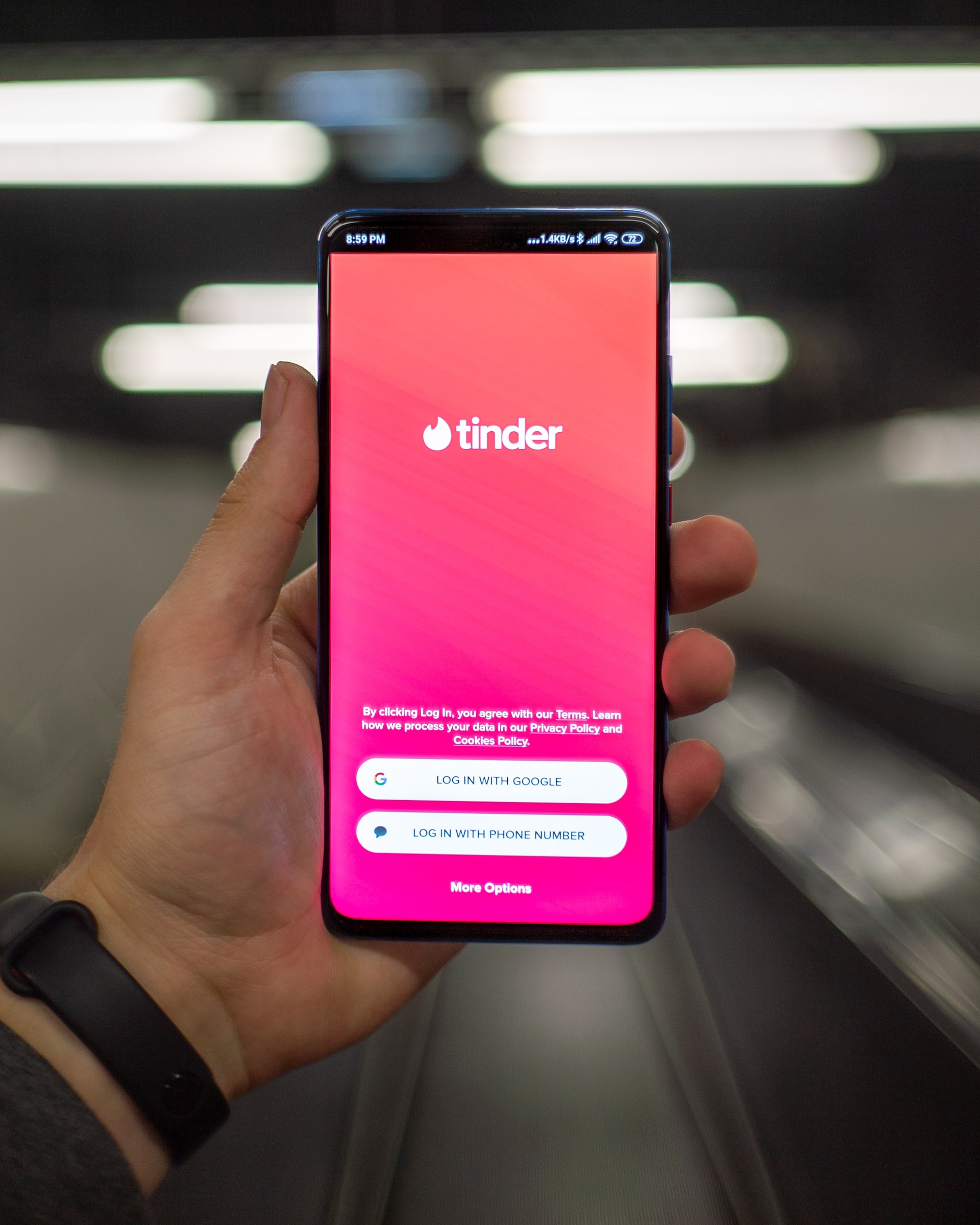
The advent of smartphones and wireless connectivity has revolutionized the way we consume media, including homoerotic content. Dating apps like Grindr and LGBTQ-focused social media platforms such as TikTok and Instagram provide spaces for queer individuals to connect, share their experiences, and express their creativity. However, it is crucial to address the ethical considerations that arise within these wireless markets.
For instance, the commodification of queer bodies and the objectification of homoeroticism can occur in these online spaces. The need for critical analysis becomes paramount to distinguish between genuine artistic expression and the reduction of LGBTQ experiences to mere sexualized commodities. By promoting responsible consumption and supporting platforms that prioritize respectful representation, we can contribute to a healthier digital environment for queer communities.
Online Picture Sites: Artistic Expression vs. Objectification

Online picture sites have become a double-edged sword in the realm of homoerotic art and artifacts. While these platforms provide opportunities for LGBTQ artists to showcase their work and foster a sense of community, they also run the risk of trivializing homoeroticism. Memes and images may inadvertently perpetuate stereotypes or reduce queer experiences to mere caricatures, undermining the depth and complexity of LGBTQ lives. Critical engagement with these platforms is essential to ensure that the artistic expression of homoeroticism is valued and respected.
Gay Pulp Fiction: Historical Significance and Stereotypes
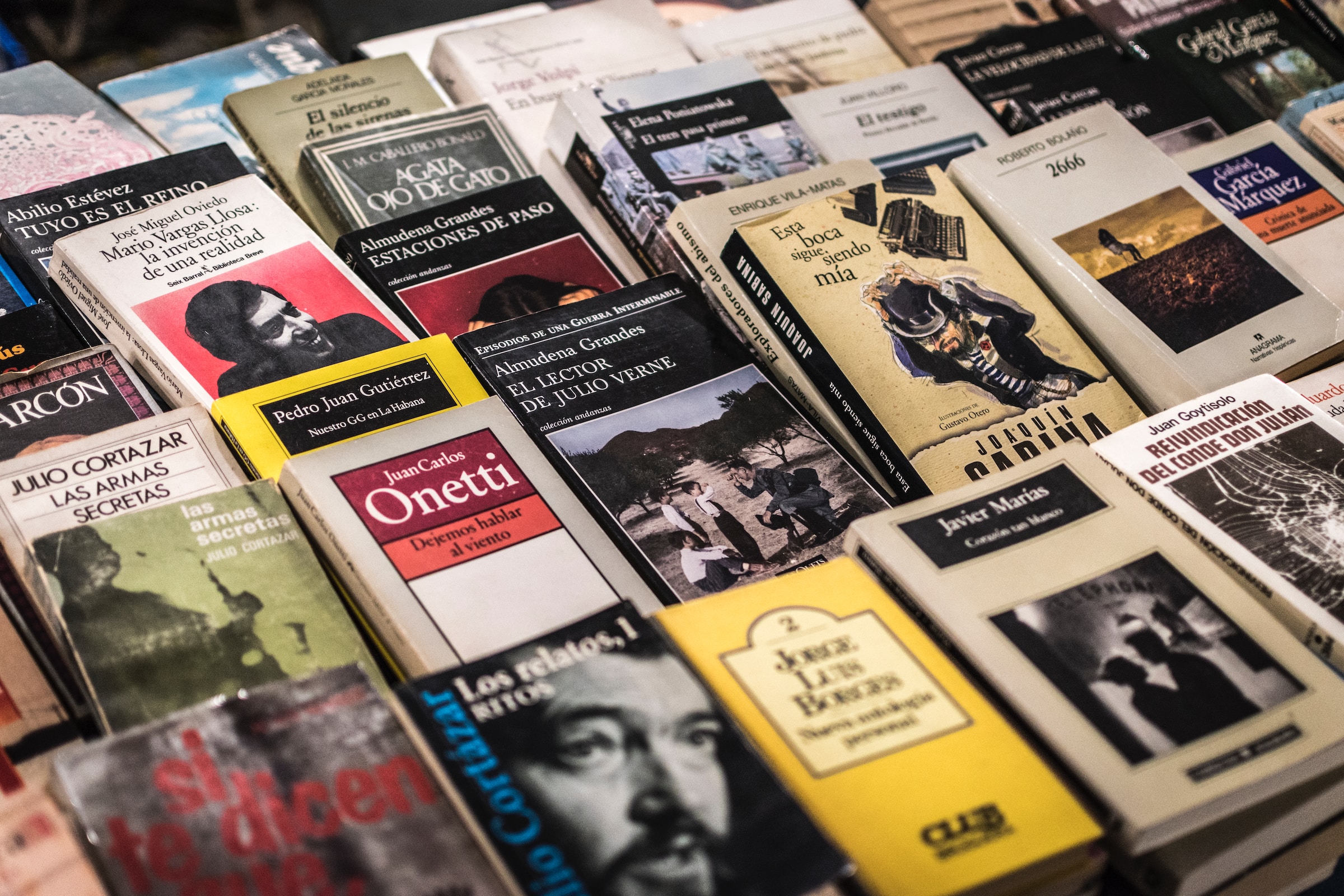
Gay pulp fiction, a genre that emerged in the mid-20th century, played a crucial role in providing representation for LGBTQ individuals during a time of intense societal oppression. However, these novels often relied on sensationalized narratives and perpetuated harmful stereotypes. It is important to acknowledge the historical significance of these works while critiquing their limitations. By recognizing the evolution of queer storytelling and demanding more diverse and nuanced narratives, we can shape a future where LGBTQ representation transcends outdated tropes.
Conclusion: Navigating Homoerotic Art and Artifacts with a Critical Lens
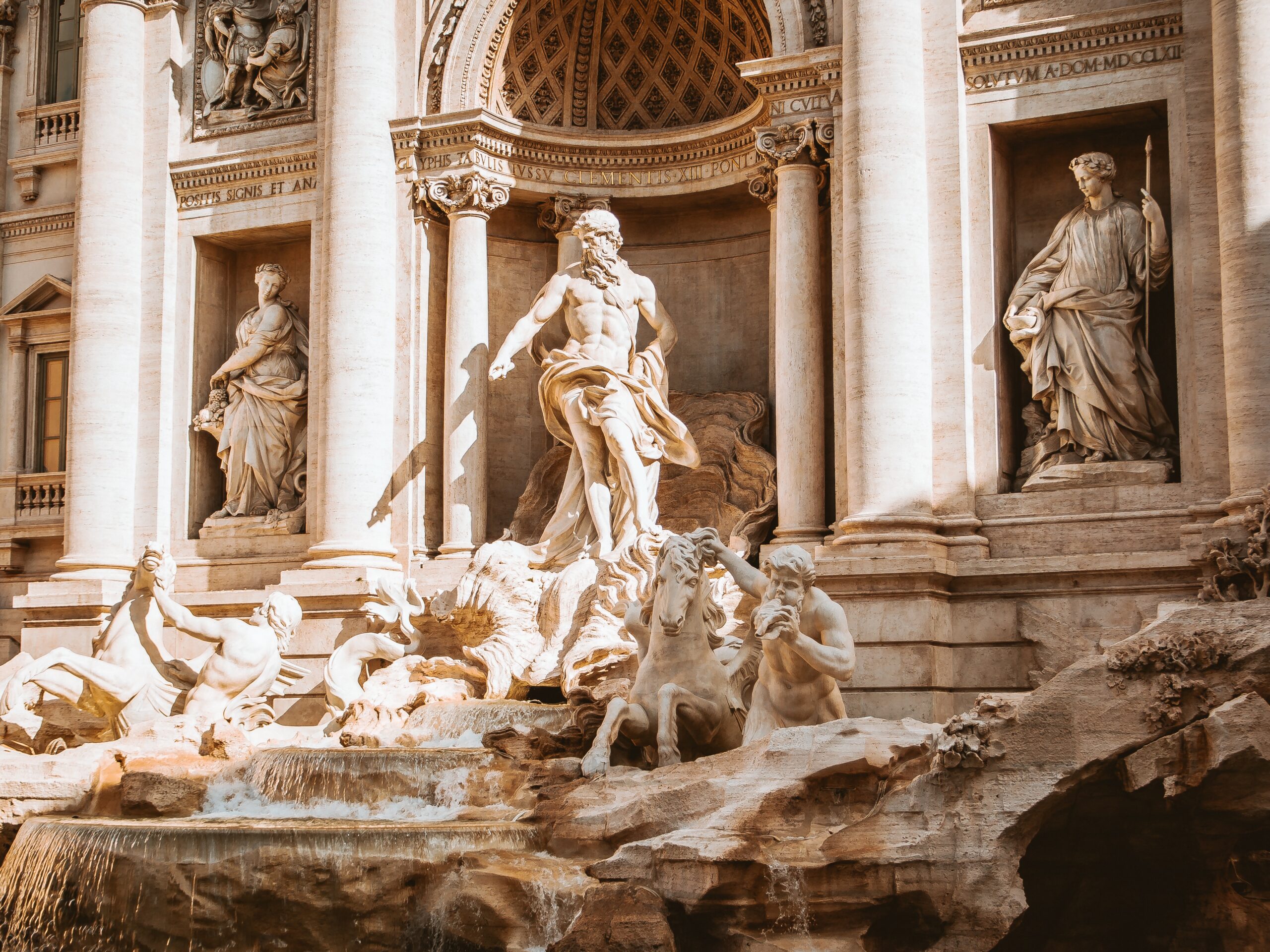
In conclusion, a critical examination of homoerotic art and artifacts is essential to understand their historical and contemporary significance. By exploring examples from Greek antiquity to contemporary mass media, we can uncover the layers of representation, limitations, and ethical considerations surrounding LGBTQ experiences.
Through the lens of homoeroticism, we can challenge societal norms, subvert stereotypes, and amplify marginalized voices. By fostering diverse and authentic representations, we pave the way for a more inclusive understanding of LGBTQ lives, both within the LGBTQ community itself and in broader society.
By engaging in critical analysis, supporting responsible platforms, and demanding diverse narratives, we can navigate the complex landscape of homoerotic art and artifacts. Together, we can foster a world where queer stories are celebrated, understood, and valued for their profound impact on LGBTQ viewers and society as a whole.
Follow us on Facebook
![]()
